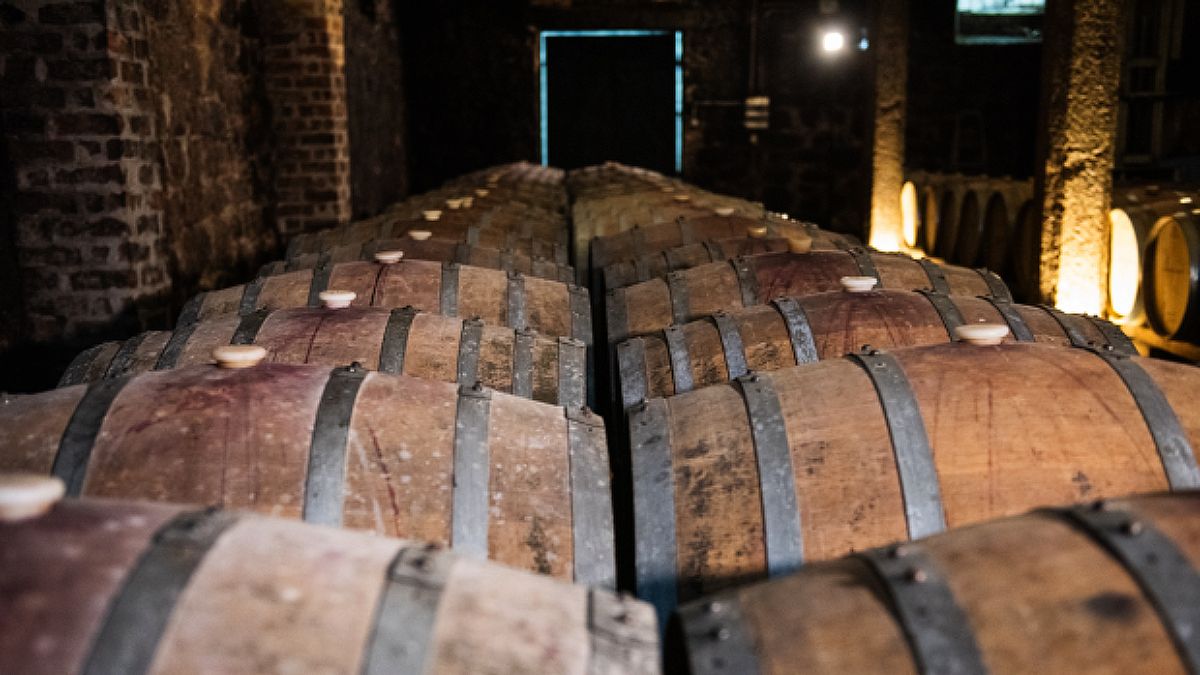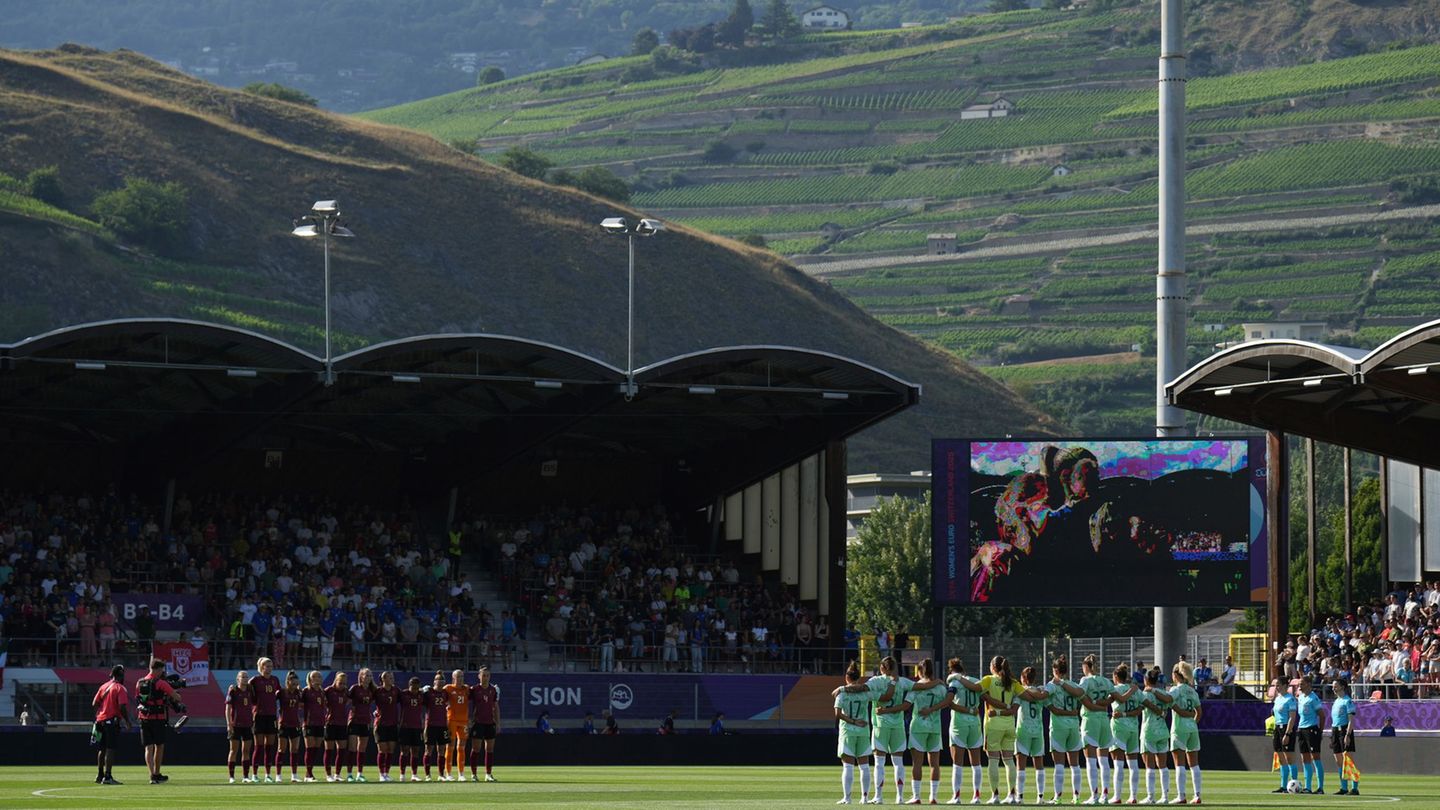He National Institute of Viticulture (Inavi) applied last year the initiative to produce non-alcoholic wine and is waiting for a decree that will be the kickoff to advance the project; meanwhile, the Minister of Livestock, Agriculture and Fisheries, Fernando MattosHe announced that the president’s signature is missing, Luis Lacalle Pou, and the Minister of Economy and Finance, Azucena Arbeleche.
The decree establishes the regulations for the production of non-alcoholic wine because its legal status does not yet exist. Meanwhile, according to national legislation, wine must have a minimum of 9.5 or 10 degrees of alcohol.
In this sense, the president of Inavi, Ricardo Cabrera, told the press that in a few days the decree to enable its production would be signed. Furthermore, the leader of the Ministry of Livestock, Agriculture and Fisheries (MGAP), assured that Uruguay will have non-alcoholic wine in the coming months.
Meanwhile, it is still waiting for Luis Lacalle Pou and Azucena Arbeleche. “It is an instrument and a tool and a product more than the wine industry It will be able to serve an audience that is growing in the world,” remarked the Minister of Livestock.
What is the production of non-alcoholic wine like?
The treatment that the wine receives is by Inverse osmosis, through a membrane that separates the alcohol components. In the procedure, a traditional and good quality wine is produced and then exposed to reverse osmosis to achieve separation. This treatment can be done to any type of came – even sparkling wines – although it has a high cost.
That is why the institute proposes that wineries join forces with others to lower costs. Among the countries that carry out the production of non-alcoholic wine are Netherlands, Australia and Spain, The latter was the first country to develop a plant capable of dealcoholize the wine in 2004.
“Non-alcoholic wine has been in the world for more than 30 years, the pioneers were Spain and France and in Latin America in Chili There is already a dealcoholized wine, not zero,” Cabrera explained.
Wine production fell by 34% in 2023
The production of wines in Uruguay fell 34% throughout last year in comparison with 2022, the greatest decrease in production was suffered by rosé wineswhere the decline in volumes of up to 54%.
According to the records of the National Institute of Viticulture (Inavi)the country’s 162 wine companies totaled a production of 50.2 million liters of wine, an annual decrease of 34% for all varieties.
He red wine, the main variety in the country, accounting for 61% of production, experienced a drop of 19% in 2023, totaling about 30.7 million liters. For their part, the white wines and claret represented 24% and 4% of the preparations, respectively.
In cannelloni 62% of the cases occurred winesfollowed by the department of Montevideo by 30%, while Maldonado completed the podium. At the country level, he also highlighted Cologne in fourth place.
In 2023, some 56.2 million liters of wine will be sold in Uruguay according to official data reported by Inavi. These figures represented a drop of 5% compared to the previous year.
The Uruguayan consumer continues to lean towards red wine when looking for local wines and imported. The second most sought after variety is rosé, while the most imported are white wines.
The export of wine also fell, last year less than 4 million liters of wine were placed, being Brazil the main destination. Although the South American giant’s purchases fell by 15%, it accumulated about 2.9 million liters. The second most important market was USAwith a decrease of 1% year-on-year, where 380,000 liters were sold.
The podium was completed Russiawith 166,000 bottled liters acquired, after a 22% decline in imports. Uruguay It is a country mainly exporting wines whites and reds.
Source: Ambito




